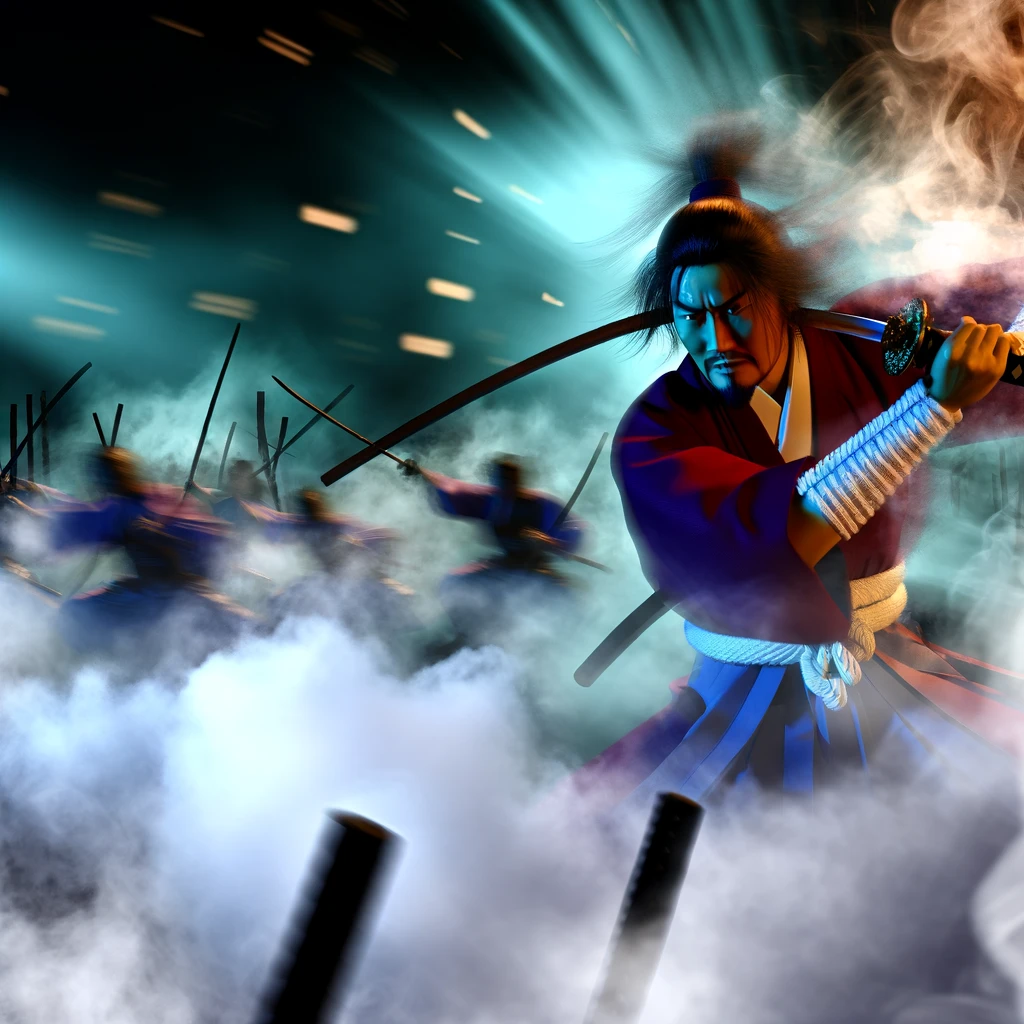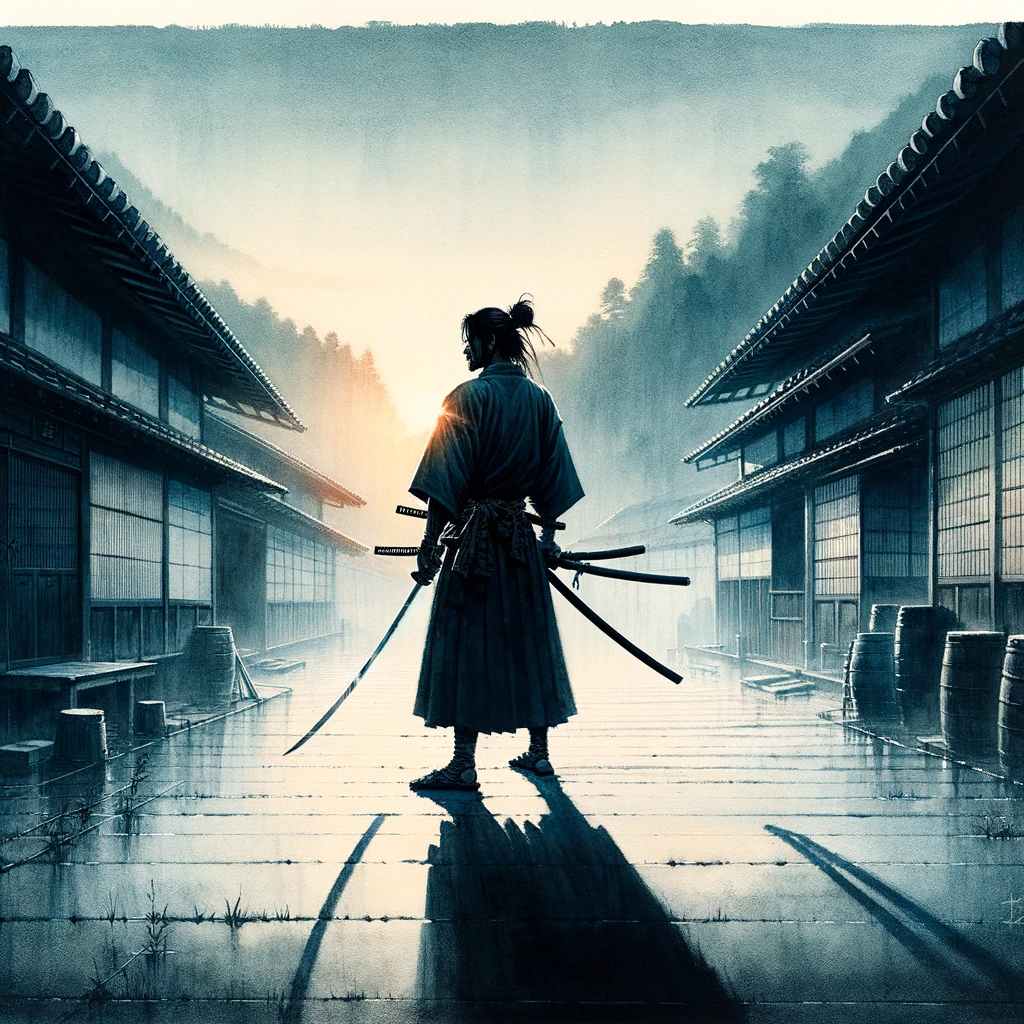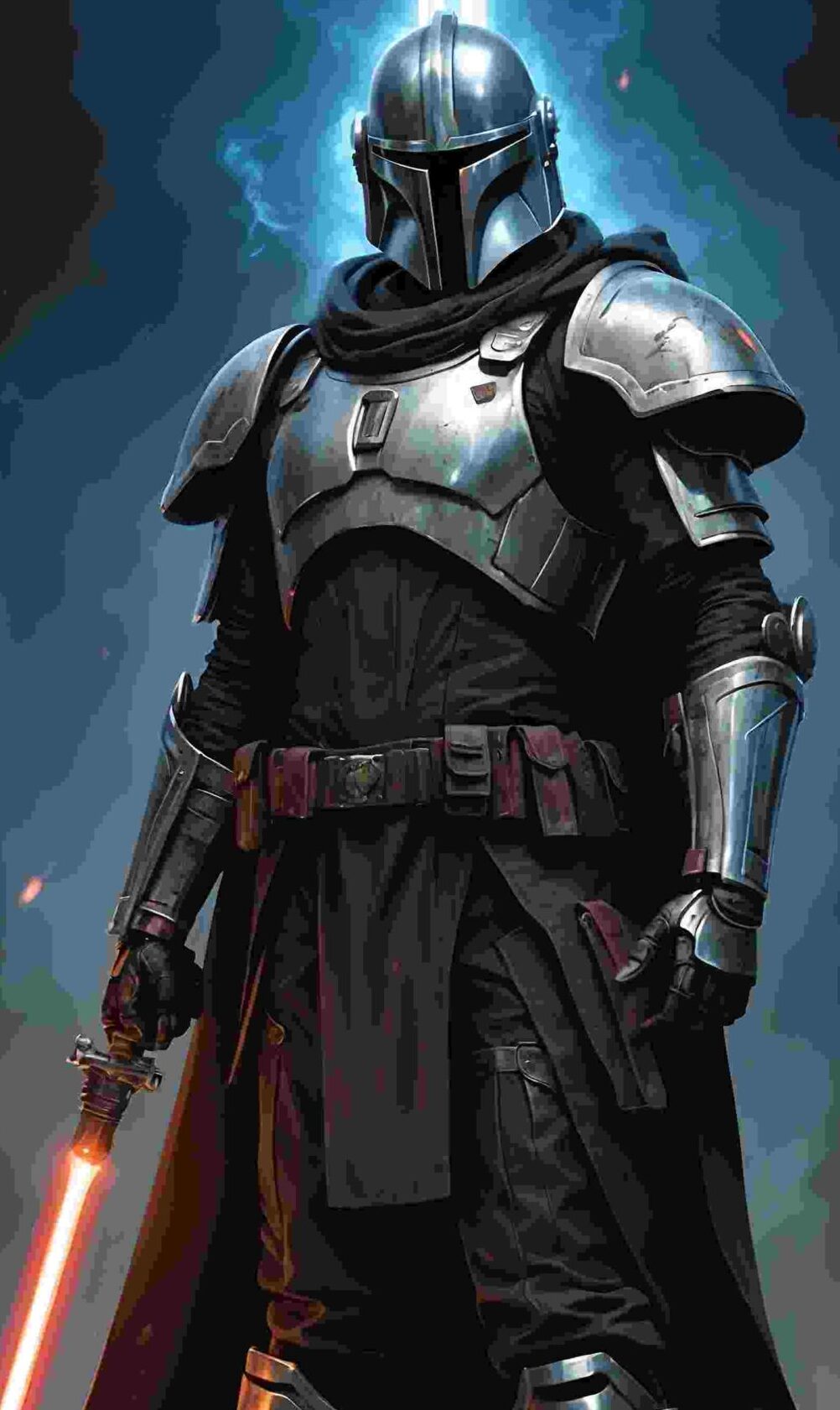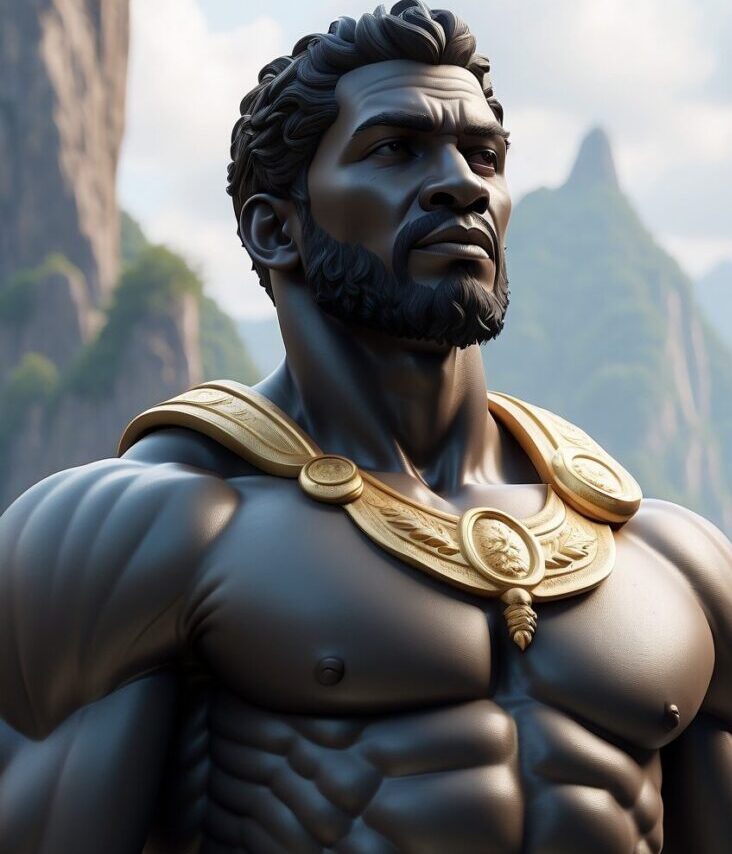The Legend of Miyamoto Musashi: From Brawling Teen to Sword Saint
Hey there, history buff! Let’s talk about Miyamoto Musashi, a name that echoes through the halls of Japanese history. This dude wasn’t your average samurai. He was a swordfighter, a philosopher, a writer, and an artist—all rolled into one. His life story is a wild ride, filled with duels, strategy, and a healthy dose of self-discovery.
From Feisty Kid to Renowned Duelist
Musashi’s exact birthdate is a bit fuzzy, but historians guess it was around 1584. Growing up in a war-torn Japan, his childhood wasn’t exactly playtime in the park. Legend has it that his first duel happened when he was just 13 years old! This young hothead challenged another teenager to a fight and emerged victorious. Talk about starting young!
From there, Musashi’s reputation as a fierce duelist grew. He wasn’t afraid to take on anyone, and his skills with the blade were legendary. By the time he was in his early twenties, he was already racking up wins in duels—some say over 60! Imagine facing off against someone who has been battle-tested. Yikes!
The Birth of a Unique Fighting Style
Musashi wasn’t just about brute strength. He was a strategist, always looking for ways to improve his technique. That’s how he came up with his signature style: the Niten Ichi-ryu, or “Two-Sword Style.”
Now, using two swords wasn’t exactly unheard of in Japan. But Musashi did it differently. He wielded a long katana in one hand and a shorter wakizashi in the other, creating an unpredictable and versatile fighting style. It was like having two guards up at the same time—pretty hard to land a hit on this guy!
The Book of Five Rings: More Than Just Swordplay
Musashi wasn’t just interested in winning duels. He wanted to understand the philosophy behind combat and the way strategy and tactics intertwined with the mental state of a warrior. In his later years, he penned a masterpiece called The Book of the Five Rings.
This book wasn’t just a “how-to” guide for sword fighting. It explored broader themes like strategy, self-discipline, and even the art of living. Businessmen today still find their ideas relevant, applying them to their fields. Who knew swordsmanship lessons could translate to the boardroom?
Beyond the Battlefield: Musashi the Artist
Musashi wasn’t all about fighting and warfare. He was also a surprisingly well-rounded individual with a deep appreciation for art. He dabbled in calligraphy, painting, and even sculpture. Imagine taking a break from battling to create beautiful artwork—a true Renaissance man!
The Legacy of the Lone Wolf

Musashi died in 1645, leaving behind a legacy that continues to inspire people today. He wasn’t just a skilled swordsman; he was a thinker, a strategist, and an artist. His life story teaches us the importance of constantly learning, pushing boundaries, and finding your unique path.
Here are some cool things to remember about Musashi:
The Undefeated Duelist: With over 60 duels under his belt and no recorded losses, Musashi was a force to be reckoned with.
The Two-Sword Style Pioneer: His Niten Ichi-ryu style revolutionized swordsmanship, proving that sometimes two swords are better than one.
The Philosopher Warrior: The Book of Five Rings transcended swordfighting, offering timeless wisdom on strategy, self-discipline, and living a fulfilling life.
The Artistic Samurai: Musashi wasn’t all about violence. His artistic pursuits showcased a well-rounded personality with a deep appreciation for beauty.
So next time you see a katana, or hear about a master strategist, remember Miyamoto Musashi, the legendary swordsman who left his mark not just on the battlefield, but on the world of philosophy and art as well.
Digging Deeper: Myths and Mysteries of Musashi

We’ve painted a broad picture of Musashi’s life, but there’s always more to the story, right? This dude is shrouded in a bit of mystery, with some parts of his life becoming legends rather than hard facts. Let’s delve into some of the cool (and sometimes weird) stories surrounding the myth of Miyamoto Musashi.
The Duel on Ganryu Island: This is like the ultimate showdown in Musashi’s legend. The story goes that he faced off against Sasaki Kojiro, a rival swordsman known for his mastery of the single-sword style. The location? A tiny island in the middle of a lake—talk about a dramatic setting!
Now, details get fuzzy here. Some accounts say Musashi arrived late and even fashioned a makeshift bokken (wooden sword) from an oar to defeat Kojiro. Others claim it was a fierce battle that ended with Musashi using his superior strategy and two-sword style to win. Either way, this duel became a defining moment in Musashi’s legend.
The Fasting Challenge: Musashi wasn’t afraid of a good test of will. One story tells of him taking on a 30-day fast, locked in a cave with minimal supplies. The idea? To not only test his physical endurance but also achieve a higher level of mental clarity. Talk about hard-core meditation!
The Legend of the Wild Man: Some stories depict Musashi as a bit of a hermit, living in seclusion and honing his skills away from the chaos of society. Maybe there’s some truth to this. After all, after a lifetime of duels and battles, wouldn’t you crave some peace?
The Art of Deception: Musashi wasn’t above using a little psychological warfare. One story tells of him arriving for a duel with a single, worn-out wooden sword. This supposedly threw his opponent off guard, allowing Musashi to gain the upper hand. Pretty sneaky!
The Musashi Code: This isn’t some official document, but rather a collection of principles gleaned from Musashi’s life and writings. These include things like living with a sense of purpose, constantly learning and improving, and maintaining a calm and focused mind. How to be a badass samurai on and off the battlefield.
Musashi’s Impact: From Kendo to Video Games
Musashi’s influence stretches far beyond his time. Here’s how his legacy continues to inspire:
Kendo: This modern Japanese martial art traces its roots back to schools founded by Musashi’s students. So, if you’re ever sparring in kendo class, you’re indirectly learning from the master himself!
Bushido: The code of honor for samurai warriors is heavily influenced by Musashi’s philosophies on discipline, self-control, and living a purposeful life.
Pop Culture: From anime characters wielding dual swords to video games featuring legendary duelists, Musashi’s image continues to pop up in popular media, keeping his legend alive for new generations.


